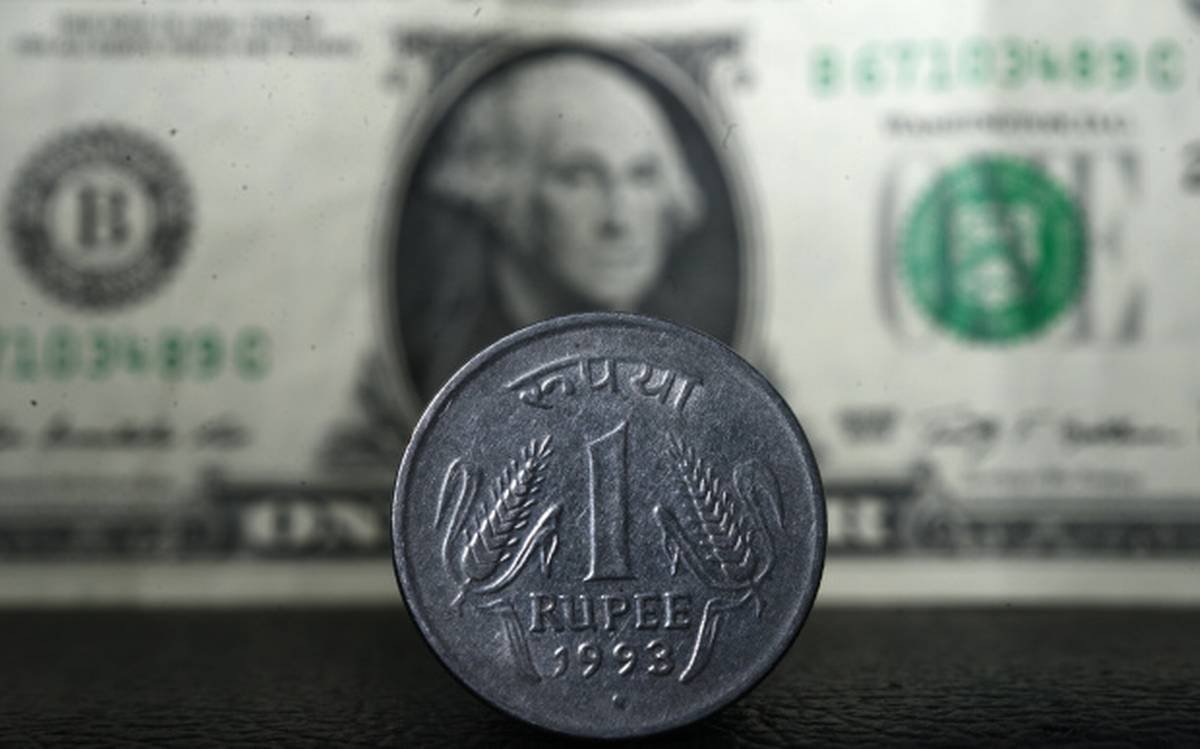August 27, 2024
New Delhi, India
USDINR Analysis
The Indian Rupee (INR) traded on a weaker note during Tuesday’s early European session. The local currency faced pressure from month-end demand for the US Dollar (USD) by local banks and corporations, as well as a surge in crude oil prices, which typically weigh on the INR.
Factors Influencing the INR: The demand for the USD at the end of the month is a routine phenomenon, as corporations and banks settle their accounts, increasing the pressure on the INR. Additionally, rising crude oil prices have further dampened the Rupee’s performance, as India is a significant importer of oil, leading to higher import costs and thus, exerting downward pressure on the INR.
Also Read: Premier Energies IPO Opens Today: Key Details And GMP
On the flip side, the INR’s decline might be cushioned by the recent dovish remarks from US Federal Reserve (Fed) Chair Jerome Powell at the Jackson Hole Symposium. Powell’s comments have sparked speculation about a possible deeper rate cut in the upcoming September meeting, which could limit the USD’s strength against other currencies, including the INR.
Upcoming Economic Data: Traders are closely watching the US Conference Board’s Consumer Confidence data for August, set to be released later on Tuesday. This data is crucial as it provides insights into consumer sentiment, which is a key driver of economic activity.
Later this week, the focus will shift to several other significant economic releases. In the US, the advanced Gross Domestic Product (GDP) Annualized figures for the second quarter (Q2) and the Personal Consumption Expenditures (PCE) Price Index data will be critical in shaping market expectations regarding future Fed policy decisions.
On the domestic front, India’s GDP Quarterly data for Q1 is scheduled for release on Friday. According to a Reuters poll, India’s economic growth is expected to have expanded at its slowest pace in a year during the April-June quarter, primarily due to lower government spending. This could add to the challenges facing the INR in the near term.
Fed Officials’ Remarks: In recent comments, San Francisco Fed President Mary Daly suggested that the time might be ripe for interest rate cuts, starting with a potential quarter-percentage point reduction. Similarly, Richmond Fed President Thomas Barkin indicated a “test and learn” approach to rate cuts, reflecting a cautious stance towards monetary easing.
US Economic Indicators: Meanwhile, the US Durable Goods Orders for July showed a significant increase of $26.1 billion, or 9.9%, to $289.6 billion. This marked a sharp rebound from a -6.9% contraction in June and was well above the market consensus of a 4% increase. The data represents the most substantial gain since May 2020, indicating robust demand in the US economy.
Market Sentiment: Currently, futures markets are pricing in nearly 40% odds of a half-percentage point cut in US interest rates, reflecting the growing expectations of a dovish shift in Fed policy. This could have a bearing on the USD’s strength and, consequently, the performance of the INR in the coming days.
As the Indian Rupee contends with external pressures from USD demand and rising crude prices, market participants will be closely monitoring key economic data releases from both the US and India. These figures will likely play a crucial role in shaping the INR’s trajectory in the near term.
Disclaimer:
CurrencyVeda provides this news article for informational purposes only. We do not offer investment advice or recommendations. Before making any investment decisions, please conduct thorough research, consult with financial experts, and carefully consider your financial situation, risk tolerance, and investment goals. Investing in the stock market carries risks, and it’s essential to make informed choices based on your individual circumstances. CurrencyVeda is not liable for any actions taken based on the information provided in this article.



